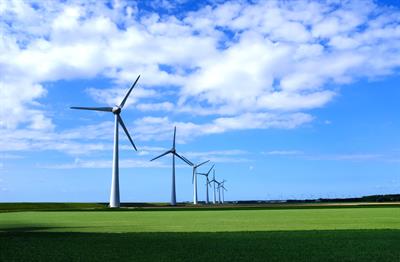
PUMPA - SMART LEARNING
எங்கள் ஆசிரியர்களுடன் 1-ஆன்-1 ஆலோசனை நேரத்தைப் பெறுங்கள். டாப்பர் ஆவதற்கு நாங்கள் பயிற்சி அளிப்போம்
Book Free DemoCoal, petroleum and natural gas are expected to last \(148\) years, \(40\) years and \(61\) years, respectively. As a necessity, we must find out alternative energy sources. Furthermore, fossil fuels pollute the atmosphere by emitting toxic pollutants such as carbon dioxide, carbon monoxide and sulphur dioxide. The burning of fossil fuels raises the temperature of the earth's atmosphere as well. Many people believe that non-polluting fuel is required to improve the quality of our environment. The following are some of the alternative fuels.
- Bio-diesel
- Wind energy
- Gobar gas
Bio-diesel:
Bio-diesel is a kind of fuel obtained from vegetable oils.
Example: Soya bean oil, jatropha oil, corn oil, sunflower oil, cottonseed oil, rice bran oil and rubber seed oil.
Wind energy:
Wind energy is the conversion of energy from moving air, such as wind, into electricity. Windmills are used to generate energy from the wind. The blades of the windmills rotate when the wind blows, and the dynamo generates power. In Tamil Nadu, windmills are predominantly found in Kayathar, Aralvaimozhi, Palladam and Kudimangalam.

Wind energy
Gobar gas:
The fermentation of cow dung obtains gobar gas in the absence of air (anaerobic conditions). It primarily consists of methane with a trace of ethane. In rural places, it is commonly used for cooking and operating engines.
Do you know?
In the future, hydrogen may be the best alternative fuel. It is a clean fuel because it only emits water when burned. Furthermore, it contains the most energy. It does not pollute the environment.
Can dead organisms be used to produce coal, petroleum, and natural gas in the lab?
No, because their (fossil fuels) formation is a long and slow process that cannot be produced in the laboratory.